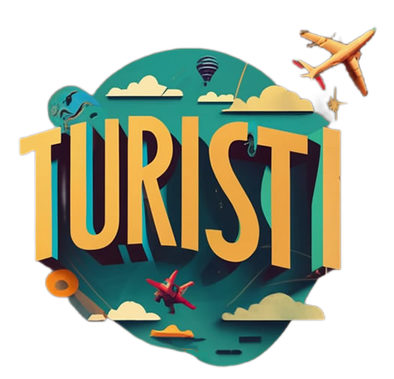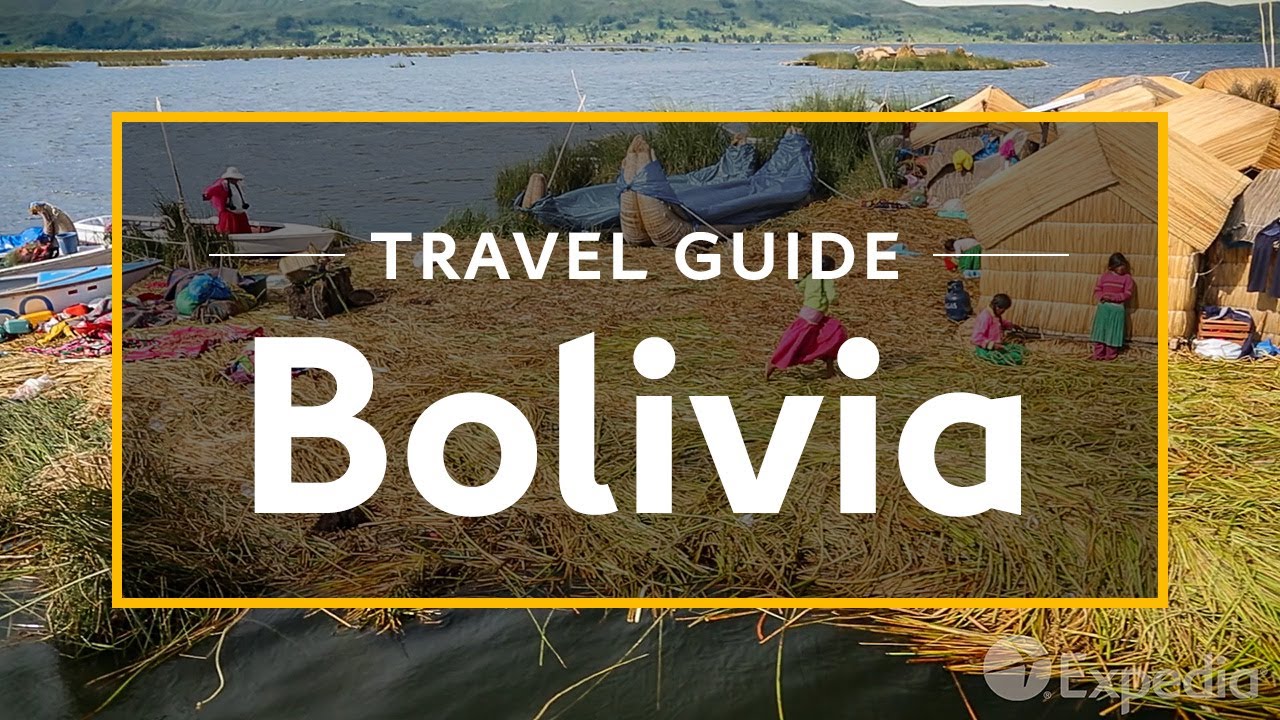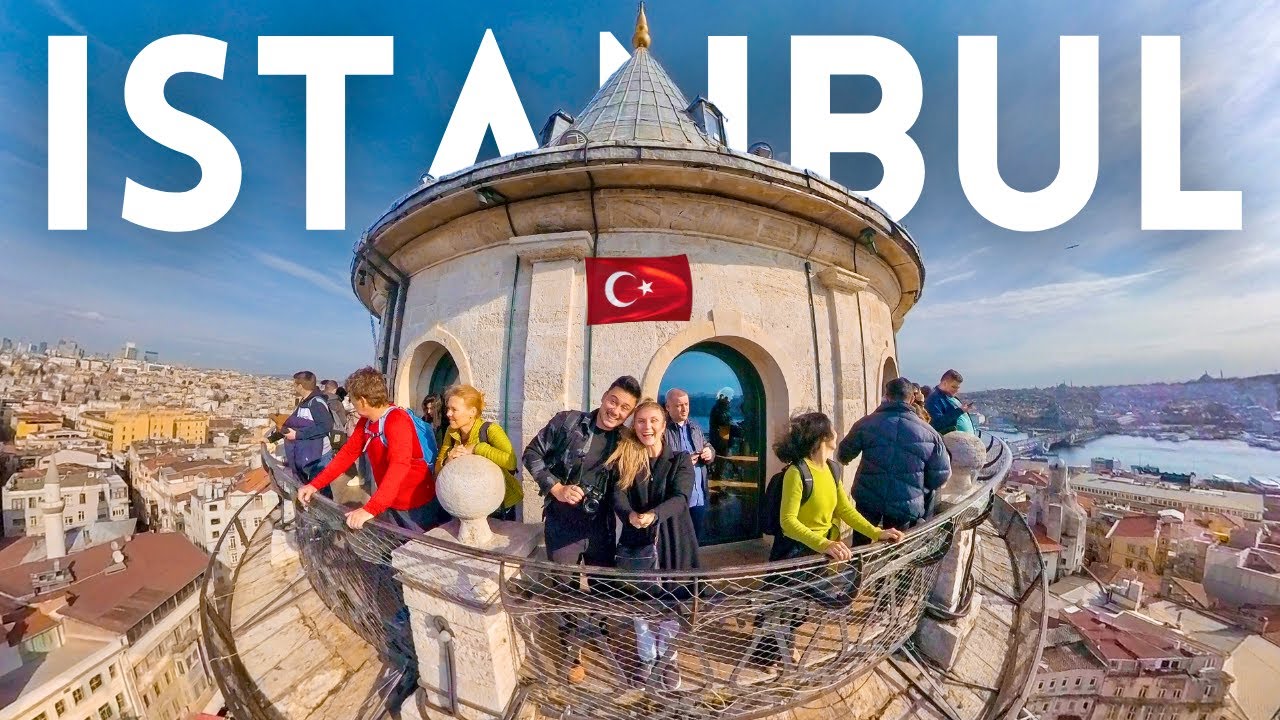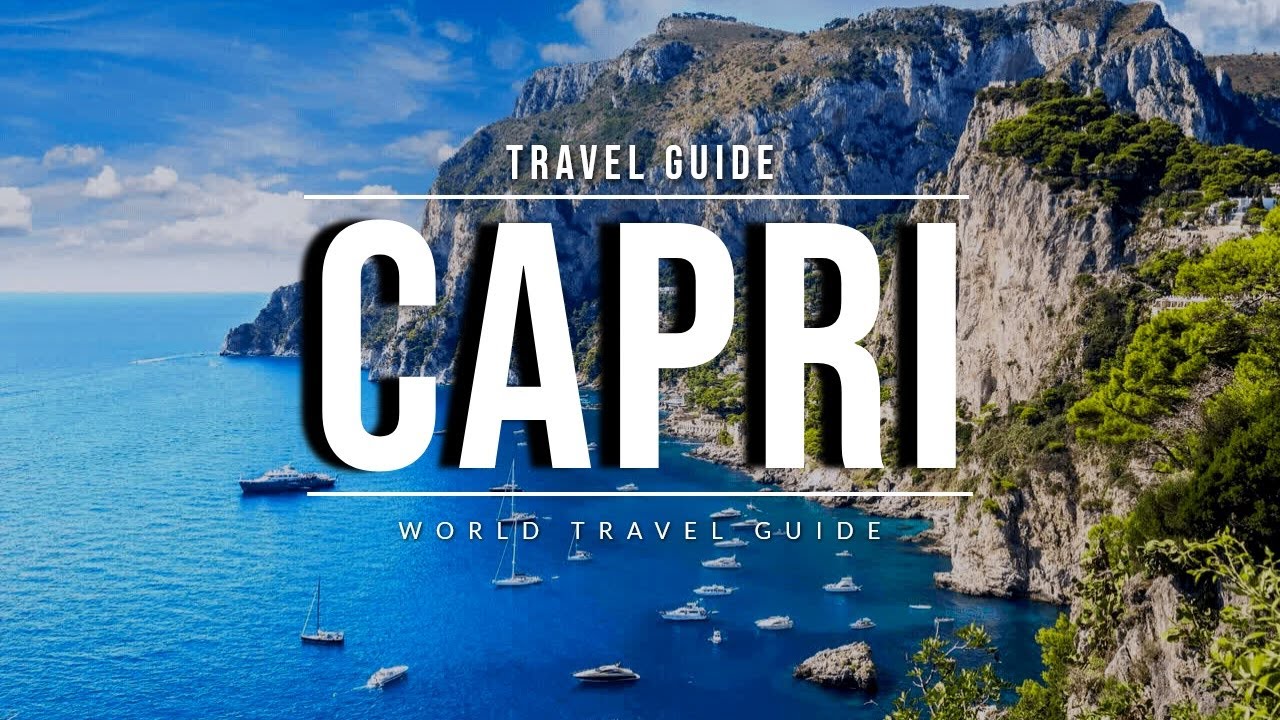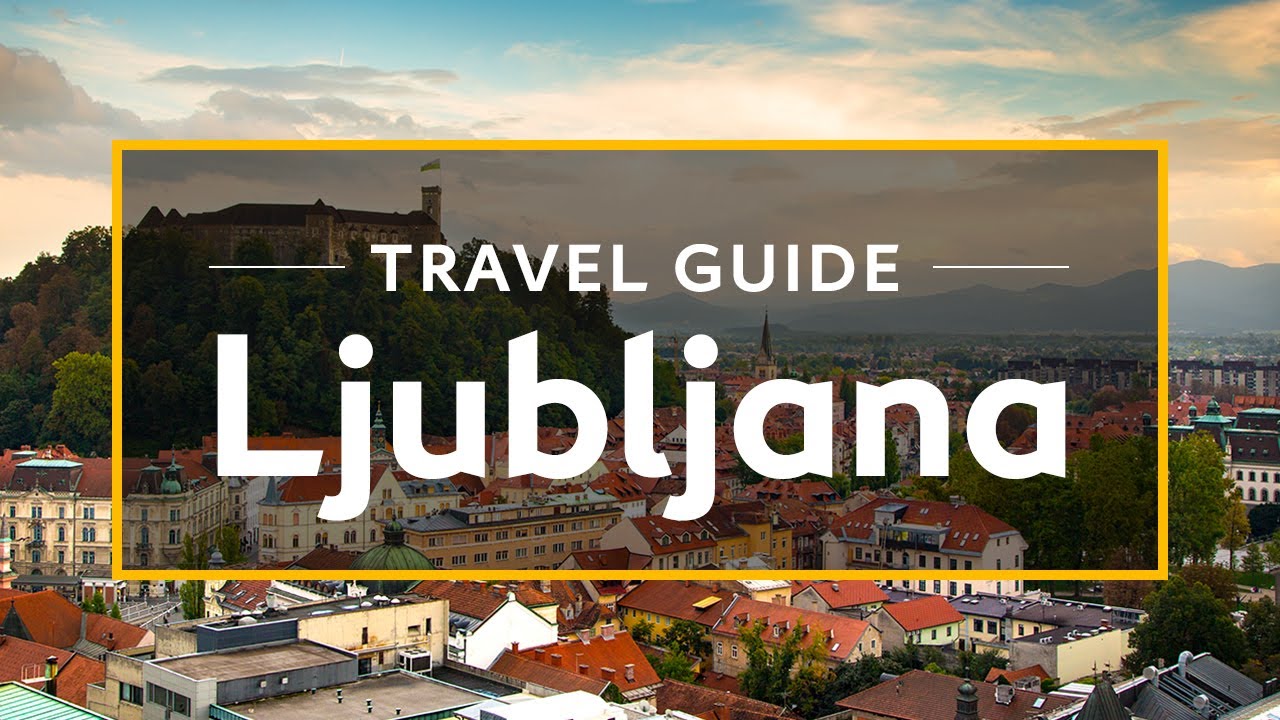20 Travel Hacks Everyone Googles (All Answered in One Video!) | Smart Travel Tips | Travel Essentials for Every Trip You’re …
Whether you’re a seasoned globetrotter or planning your first big adventure, everyone looks for ways to make travel easier, cheaper, and more enjoyable. Here are 20 top travel hacks that people consistently search for to elevate their trips:
Planning & Booking Hacks
- Be Flexible with Dates: If you’re not tied to specific dates, use “flexible dates” or “whole month” search options on flight aggregators (like Google Flights, Skyscanner) to find the absolute cheapest days to fly.
- Fly on Off-Peak Days: Tuesdays, Wednesdays, and Saturdays are often the cheapest days to fly.1 Avoid Fridays and Sundays if possible.
- Book Flights in Incognito Mode: Some theories suggest that airline websites track your visits and might increase prices.2 Browse in incognito or private mode can sometimes help you see the lowest available fares.
- Clear Your Cookies: Similar to incognito mode, clearing your browser’s cookies before searching for flights or hotels can sometimes reset pricing algorithms.
- Use Price Alerts: Set up email alerts for specific routes on flight comparison sites. You’ll be notified when prices drop, so you can grab a deal.3
- Consider Budget Airlines (Wisely): They offer low base fares, but be mindful of extra costs for baggage, seat selection, and food. Factor these in when comparing prices.
- Book Accommodation Directly (Sometimes): While aggregators (Booking.com, Expedia) are great for comparison, sometimes booking directly with the hotel can get you better rates, loyalty points, or perks like free breakfast.4 Always check both.
- Look for Package Deals: Sometimes bundling flights and hotels can save you money, even if you don’t use every component of the package.
- Research Local SIM Cards/eSIMs: Don’t rely on expensive international roaming. Buying a local SIM card or using an eSIM (like Airalo or Holafly) for data is almost always cheaper for connectivity.
Packing & On-the-Go Hacks
- Roll Your Clothes: Rolling clothes tightly saves space and helps reduce wrinkles, especially for soft garments.5
- Use Packing Cubes: These organizational tools compress your clothes, keep your luggage tidy, and make it easy to find what you need without unpacking everything.6
- Pack a Portable Power Bank: Keep your phone and other devices charged, especially when you’re out exploring or facing long travel days.7
- Download Offline Maps: Google Maps lets you download areas for offline use, so you can navigate without data or Wi-Fi.8 Apps like Maps.me also work well.
- Scan Important Documents: Create digital copies of your passport, visa, tickets, and reservations.9 Store them in a cloud service (like Google Drive or Dropbox) or email them to yourself for easy access if originals are lost or stolen.
- Bring Reusable Water Bottle: Save money and reduce plastic waste by refilling your bottle at airports (after security) or public fountains.10 Many airports now have dedicated refill stations.
- Pack a Universal Adapter with USB Ports: Essential for charging multiple devices in different countries without needing multiple adapters.11
- Wear Your Bulkiest Items: Wear heavy shoes, coats, or sweaters on the plane to save valuable luggage space and weight.12
Money & Safety Hacks
- Use a Travel Credit Card with No Foreign Transaction Fees: Avoid extra charges when making purchases abroad.13 Many also offer rewards or travel insurance.
- Notify Your Bank of Travel Plans: Prevent your card from being flagged for suspicious activity and potentially blocked while you’re away.14
- Learn Basic Phrases: Even a few words in the local language (hello, thank you, please, excuse me) can go a long way in improving interactions and showing respect.

